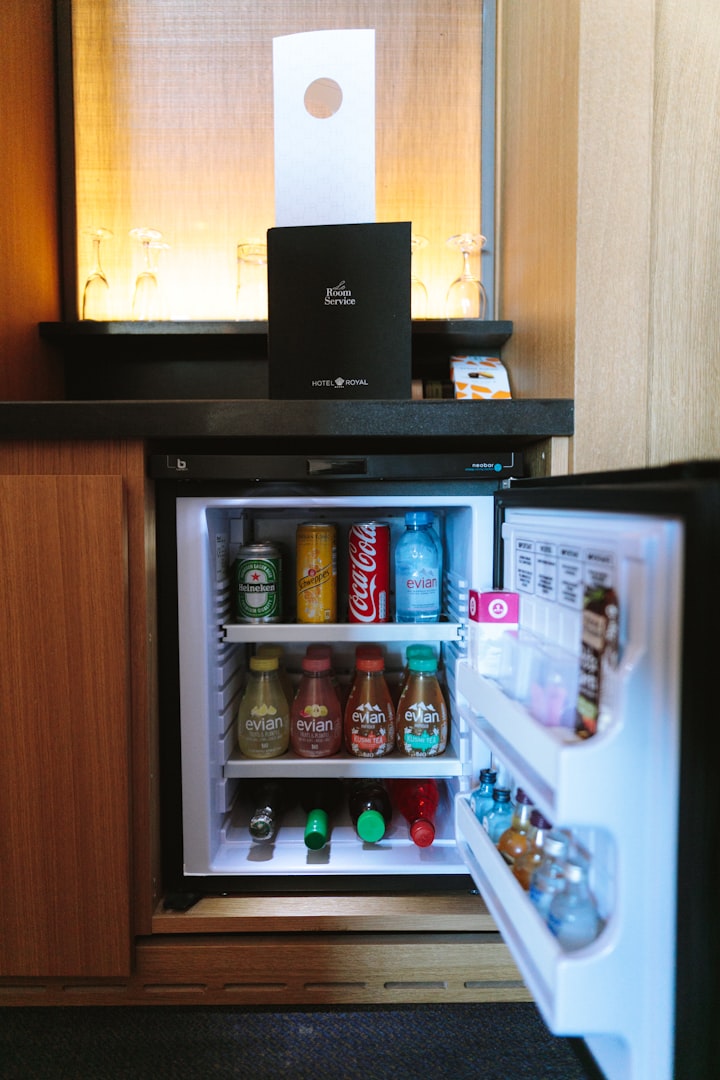How to Start a Cryptocurrency Exchange: Steps & Processes Involved
The guide you need to get started with cryptocurrency exchange development. Learn how to start a cryptocurrency exchange, how much it will cost, and how to compete with Binance and Coinbase.

Bitcoin was the first cryptocurrency on the market.
Today, there are hundreds of cryptocurrencies and millions of cryptocurrency holders.
Around $112 is traded in cryptocurrency every day through crypto exchanges. Such platforms allow customers to trade cryptocurrency for other assets, such as fiat money or other digital currencies.
A cryptocurrency exchange is a platform that allows cryptocurrency holders to exchange virtual currency for other assets. A crypto exchange acts as an intermediary between people looking to sell or buy cryptocurrencies.
After users set up an account with a cryptocurrency exchange, they can buy and sell different cryptocurrencies, such as Bitcoin (BTC), Dogecoin (DOGE), Ether (ETH), and so on.
Fiat-to-crypto exchanges allow users to trade traditional money for cryptocurrencies and vice versa. Crypto-to-crypto exchanges allow users to trade different cryptocurrencies and exchange one cryptocurrency for another.
TYPES OF CRYPTOCURRENCY EXCHANGES
There are four types of cryptocurrency exchanges:
CENTRALIZED EXCHANGES (CEX)
Centralized exchanges act as intermediaries between sellers and buyers. This is the most popular type of cryptocurrency exchange. Centralized exchanges are also called custodian exchanges since they store the digital assets of customers. Users can purchase or exchange cryptocurrencies for other digital assets or fiat currencies.
Coinbase, Binance, and Kraken are the most popular examples of centralized exchanges.
DECENTRALIZED EXCHANGES (DEX)
Decentralized exchanges are non-custodial. It means the exchange doesn’t store the digital assets of customers. The funds are sent from one wallet to another directly on the blockchain. There is no third-party organization or server controlling cryptocurrency operations.
Examples of DEXs include Pancake Swap, Binance DEX, and Uniswap.
PEER-TO-PEER CRYPTO EXCHANGES
A Peer-to-Peer (P2P) exchange is similar to a decentralized exchange. The platform provides the hardware and software infrastructure for direct transactions between two users with no intermediary.
Unlike DEXs, P2P crypto exchanges connect buyers and sellers using an escrow service. The service ensures every transaction is completed at an agreed price and payment method.
LocalBitcoins and Paxful are examples of P2P crypto exchanges.
INSTANT EXCHANGES
Instant crypto exchange is a swap service that acts as a middleman. It allows users to instantly exchange one cryptocurrency for another. Instant exchanges receive and deposit funds directly to the users’ accounts. Platforms of this type don’t store the cryptocurrency of customers.
Examples of instant cryptocurrency exchanges include such services as Letsexchange, Changelly, FixedFloat, and SwapZone.
HOW TO START A CRYPTOCURRENCY EXCHANGE: POSSIBLE OPTIONS
There are a few ways available for those wondering how to create a cryptocurrency exchange.
You can use a white-label crypto exchange builder or code a crypto exchange from scratch.
WHITE LABEL CRYPTOCURRENCY EXCHANGE DEVELOPMENT SOLUTION
White-label crypto exchange solutions offer everything you need to kick-start cryptocurrency exchange development. You get access to the trading engine, the simplest user interface, liquidity, and the wallet and admin panel. These components form the basis of your exchange.
STEP 1: CHOOSE WHICH COUNTRIES TO OPERATE IN
Your own country is a good place to start, as it would be much easier to understand the government regulations and policies regarding cryptocurrency exchanges.
Global scaling is associated with higher risks. You need to comply with all local legislations and regulations within each jurisdiction.
STEP 2: DEFINE YOUR TARGET AUDIENCE
Explore your target audience. Understanding your potential customers is a vital process that can’t be skipped. You need to conduct due diligence and research the market.
STEP 3: ADHERE TO LEGAL REQUIREMENTS & OBTAIN A CRYPTO TRADING LICENSE
Each country has its own rules and regulations regarding cryptocurrency and exchange operations. Before you build a crypto exchange, hire a legal counsel or third-party legal team to understand the regulations where you plan to launch your crypto exchange. Failure to comply with regulations can result in civil or criminal charges.
STEP 4: CHOOSE CRYPTOCURRENCY EXCHANGE FEATURES
You need to decide on the feature set before starting the development process. While you’re exploring how to start a cryptocurrency exchange, let’s take a look at the features you’ll need to implement.
- Authorization & verification
- Ewallet
- Trading engine
- Dashboards & charts
- Order book & transaction history
- Notifications
- Bank cards integration
- Arbitration
- Security
- Admin panel
STEP 5: FIND A CRYPTOCURRENCY EXCHANGE DEVELOPMENT COMPANY
Unless you know how to start a cryptocurrency exchange and are ready to take on the coding process, you’ll need to hire a software development company. Clutch, GoodFirms, and Techreviewer are great places to start your research. Such platforms list development vendors from all over the world. You can read customer reviews, check portfolios and provided services.
STEP 6: DESIGN A CRYPTOCURRENCY EXCHANGE PLATFORM
Design is the first thing your customers see even before they start using your exchange. Your platform will probably attract both professional crypto traders and inexperienced traders who are just exploring the world of cryptocurrency. Your task is to make a platform with a user-friendly UX/UI design, so that all types of users won’t have any problems using the exchange.
STEP 7: START CRYPTOCURRENCY EXCHANGE DEVELOPMENT
The development of a cryptocurrency exchange comes down to its architecture, technology stack, and APIs.
CRYPTO EXCHANGE ARCHITECTURE TYPES
The platform’s architecture identifies how the cryptocurrency and all its components will work. You can choose among a few types of architectures:
- Monolithic architecture
- Microservices architecture main types:
- Synchronous architecture
- Asynchronous architecture
- Distributed architecture
TECHNOLOGY STACK
The choice of a technology stack depends on the type of exchange you’re building and the platforms you’re targeting.
STEP 8: LAUNCH & PROMOTE YOUR CRYPTOCURRENCY EXCHANGE
The launch of your cryptocurrency exchange means the end of the first phase of its development. However, your work just begins.
Even before launch, you should start working on its promotion among the target audience.
HOW MUCH DOES IT COST TO BUILD A CRYPTO EXCHANGE?
The average cost to build a cryptocurrency exchange ranges between $130,000 – $200,000. The development process usually takes around 6 to 9 months, depending on the project scope.
The final cost and timelines will depend on several factors, such as the type of platform you’re building, the features, the number of integrations and APIs you need, and so on.
Learn more about how to start a cryptocurrency exchange.






Comments
There are no comments for this story
Be the first to respond and start the conversation.